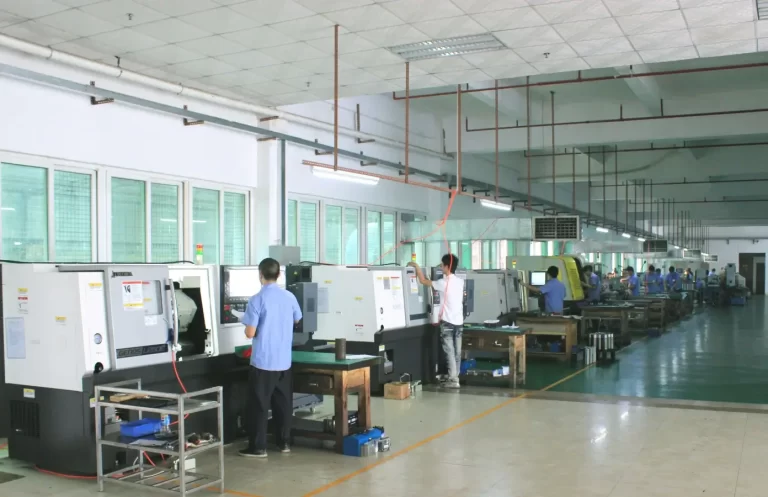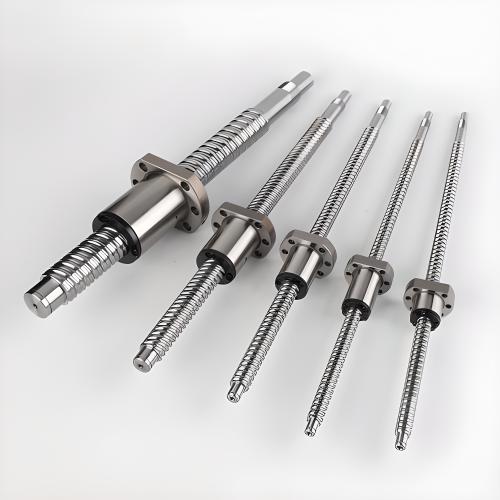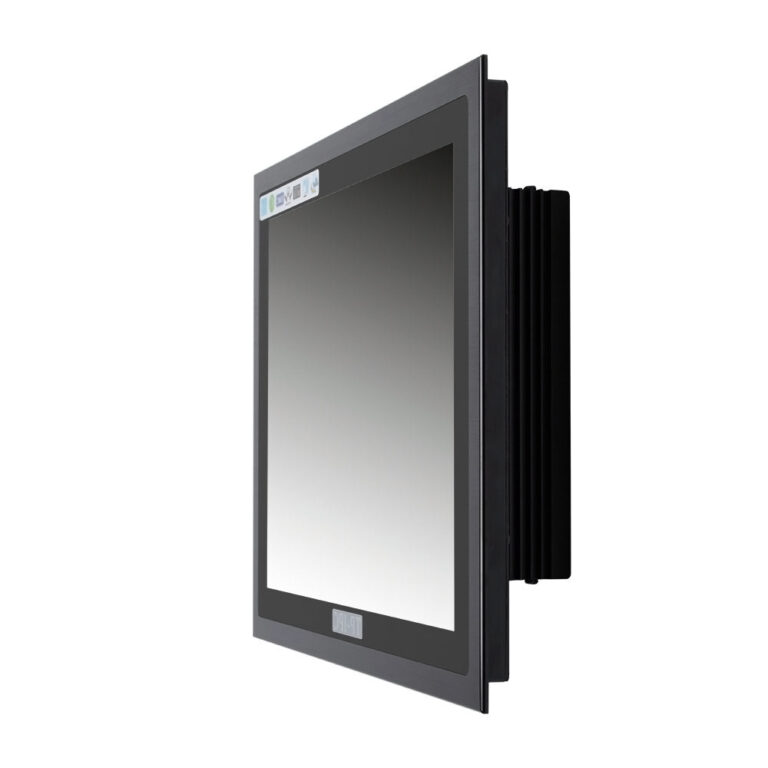1. Introduction to Ceramic CNC Machining
Ceramic CNC machining has become a pivotal technology in modern manufacturing, offering unparalleled precision and versatility in the production of intricate ceramic components. This comprehensive guide aims to provide a thorough understanding of the key aspects of Ceramic CNC Machining, from its basics to advanced applications.
2. Types of Ceramics Used in CNC Machining
Various types of ceramics find applications in CNC machining, each with its unique properties. Common ceramics include alumina, zirconia, silicon carbide, and silicon nitride. The selection of the appropriate ceramic depends on the specific requirements of the end product, considering factors such as hardness, thermal conductivity, and chemical resistance.
3. CNC Machining Processes for Ceramics
Ceramic CNC machining involves several processes tailored to the characteristics of the material. These processes include:
- Turning: Rotating the ceramic workpiece against a cutting tool to create cylindrical shapes.
- Milling: Removing material from a stationary workpiece using rotating cutting tools.
- Grinding: Precision machining through abrasive particles to achieve tight tolerances.
- EDM (Electrical Discharge Machining): Utilizing electrical discharges for intricate shapes and profiles.
4. Advantages of Ceramic CNC Machining
- Precision: CNC machines offer high precision, ensuring tight tolerances and accurate replication of complex designs.
- Versatility: Ceramic CNC machining accommodates a wide range of ceramic materials and intricate shapes, making it suitable for diverse applications.
- Efficiency: Automation reduces human error, enhances efficiency, and enables the production of large quantities with consistent quality.
5. Challenges and Solutions
Despite its advantages, Ceramic CNC machining presents challenges such as tool wear and the brittleness of ceramics. Advanced tool materials and coatings, along with optimized machining parameters, help address these challenges. Additionally, constant monitoring and adaptive control systems contribute to the overall process stability.
6. Applications of Ceramic CNC Machining
Ceramic CNC machining finds applications in various industries, including:
- Aerospace: Producing lightweight and high-strength ceramic components for aircraft and spacecraft.
- Medical: Creating precision components for medical devices, implants, and instruments.
- Electronics: Manufacturing ceramic components for electronic devices, sensors, and semiconductor applications.
7. Future Trends and Innovations
The field of Ceramic CNC machining continues to evolve, driven by technological advancements. Emerging trends include the integration of artificial intelligence for adaptive machining, enhanced multi-axis machining capabilities, and the development of novel ceramic materials with improved properties.
8. Conclusion
Ceramic CNC machining stands as a cornerstone in modern manufacturing, enabling the production of high-precision ceramic components for a myriad of applications. As technology continues to advance, the capabilities and applications of Ceramic CNC machining are expected to expand, pushing the boundaries of what is possible in the realm of ceramic-based manufacturing.





